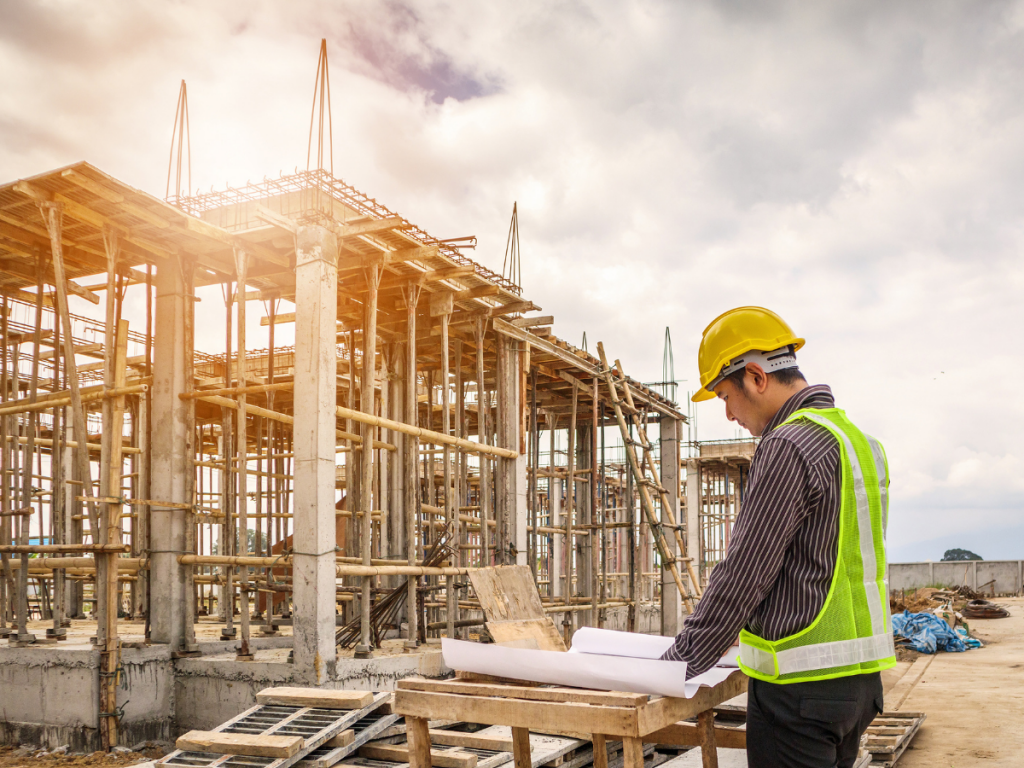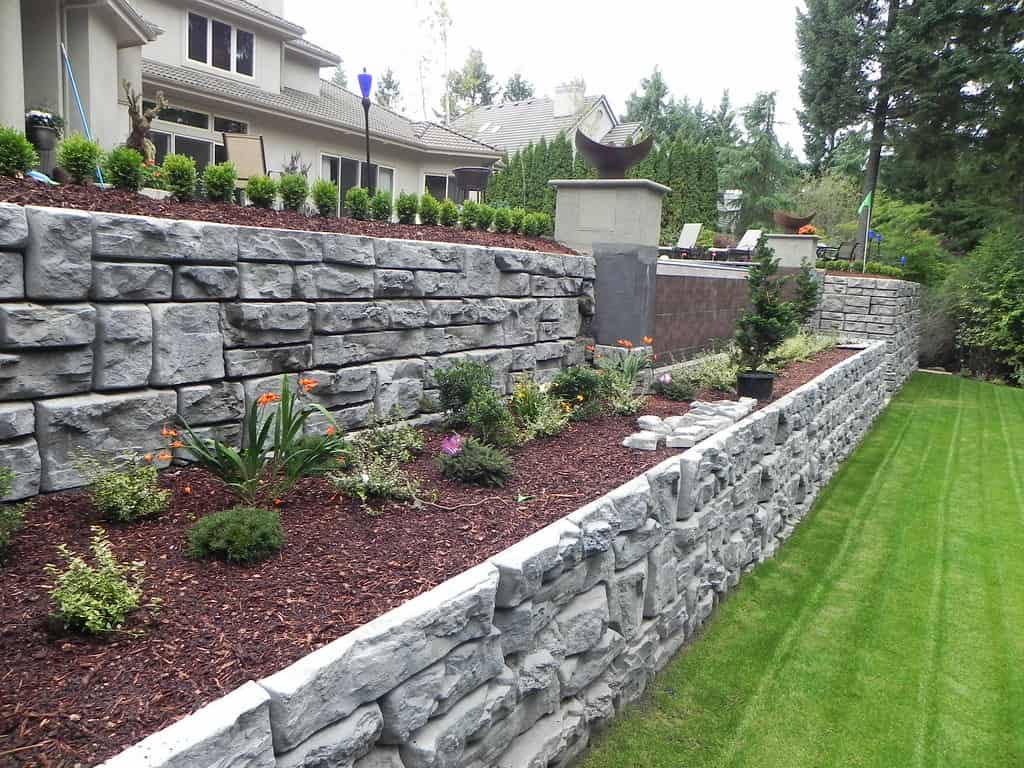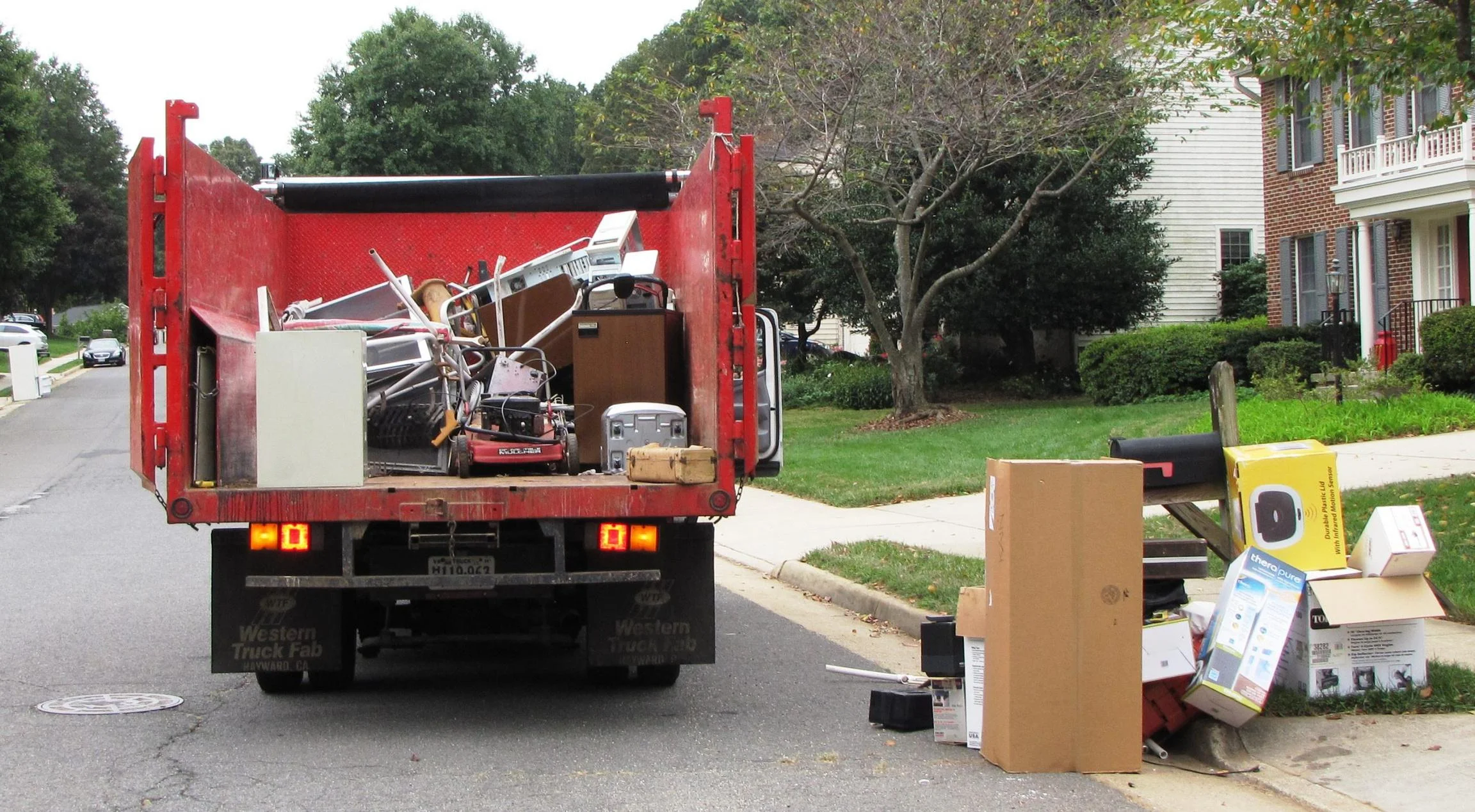Especially with regard to water drainage, coastal building offers special difficulties. Effective drainage solutions are very vital for maintaining the integrity of buildings and safeguarding the surrounding environment given their proximity to the sea and possibility for severe weather occurrences. Marine Bulkheading SOE Construction New York plays a crucial role in providing structural support and preventing erosion. These are some sensible drainage techniques designed for coastal site development.
Comprehending the Coastal Environment
One must know the coastal environment before putting drainage solutions into use. In these places, high water tables, tidal swings, and storm surge risk all affect water behavior. Existing drainage patterns and possible issue areas should be found by means of a thorough site study. This first study will guide the construction of efficient drainage systems capable of addressing the particular difficulties the coastal environment presents.
Incorporating Sustainable Drainage Systems
Because of their environmental advantages and efficiency, sustainable drainage systems (SuDS) are growingly popular in coastal buildings. SuDS let precipitation be absorbed into the ground instead of overwhelming conventional drainage systems since they replicate natural water movement mechanisms. By filtering contaminants before they reach the ocean, techniques such as permeable paving, green roofs, and bio-retention zones greatly lower surface runoff and improve water quality.
Permeable Paving

One quite successful way to control stormwater runoff is via permeable paving. Permeable pavements enable water to pass through the surface, therefore lowering flooding and encouraging groundwater recharge, unlike conventional impermeable surfaces. By including natural aspects into the design, this approach not only improves drainage but also increases the visual attractiveness of coastal developments.
Green Roofs
Beyond only drainage, green roofs have other advantages. They lessen the volume of water entering drainage systems by absorbing rainwater and also act as insulation, therefore lessening the urban heat island effect. Green roofs’ vegetation helps filter toxins and provides a habitat for nearby species, therefore promoting coastal region biodiversity.
Regular Maintenance
Good drainage solutions need constant maintenance to guarantee their best performance. Especially following significant rain or storm events, regular inspections and cleanings are absolutely necessary. Maintaining clear drainage systems free of plants, silt, and trash will increase their efficiency and lifetime.
Protection of infrastructure and the surrounding environment depends on using sensible drainage methods in coastal buildings. One effective approach to achieving this is through Marine Bulkheading SOE Construction New York, which helps stabilize shorelines and manage water flow effectively. Understanding the special difficulties of coastal sites and implementing creative ideas like sustainable drainage systems can help developers build strong buildings that live peacefully with their natural environment. Giving correct drainage first priority not only reduces flooding hazards but also helps coastal towns to be long-term sustainable.



